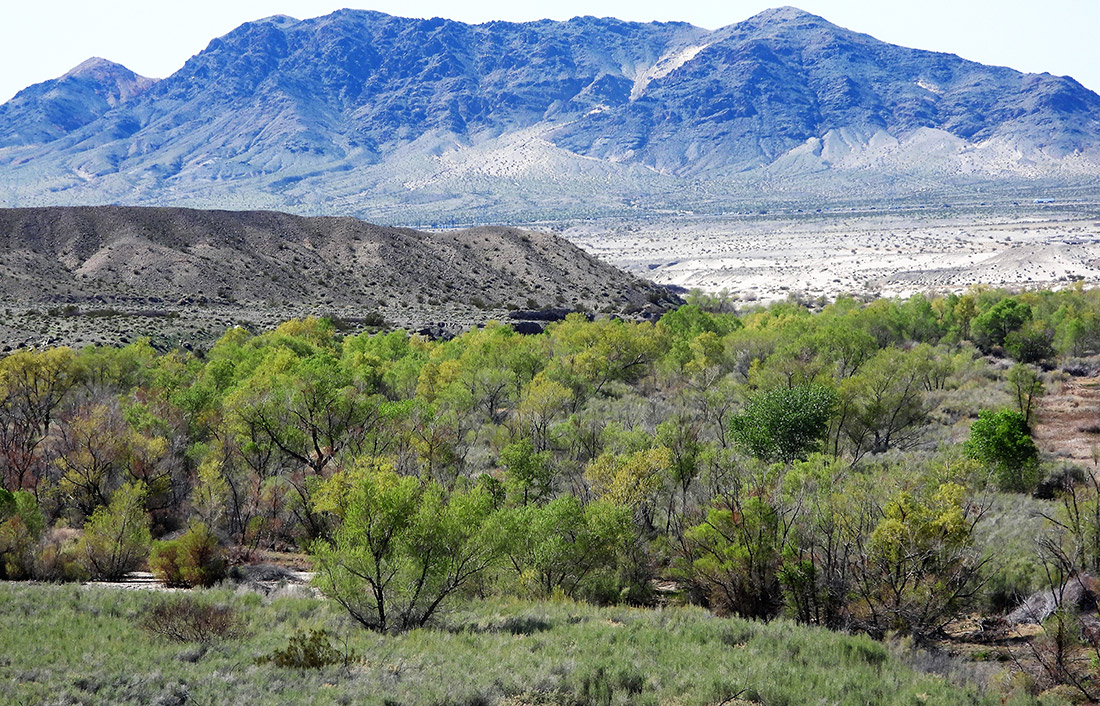Native farmers are indigenous to this land and have descended from survivors from before the Darkness. These folk have survived bad conditions for centuries. Whenever a conqueror makes peace for a while, they crawl from hidden lairs and farm. When the conqueror fails, they fade again into the earth. They speak their own language, but avidly learn Tradetalk.
The Oasis People are mostly mixed stock, including many blue-eyed people alien to the Praxian nomads. They live in conical huts of dried mud and thatch within the walls, although in the Big Rubble. They grow herbs, dates, grain, and grapes. The oases of Prax are always fought over by the nomadic tribes who want to “own,” even temporarily, the lush land.
The Oasis People are treated like slaves or animals by the nomads, as though incapable of organized resistance or of independent thought. The nomads view them as listless and dullwitted. The natives rarely do anything to counter that opinion. They gather, plant, harvest, and so on the way they have since time began. When ordered to do so they will bring foodstuffs and tribute to the nomads who currently own the oasis. Good chieftains will trade with the natives and treat them fairly. Meat raising is generally forbidden to the oasis peoples and so gifts of it are greatly appreciated. They trade foodstuffs or child slaves.Note that many Praxians consider Pavis County, Sun County, the Grantlands, and Corflu to be just other “oases”. At the same time, the nomads still sing about the Seventeen Foes of Waha that inhabited what is now the Big Rubble, and recall the savage and humiliating defeat they received at the hands of the Sartarite settlers in the Praxian Revolt in 1572. Major Inhabited Oasis:
- Agape
- Bigglestone
- Cam’s Well
- Day’s Rest
- Dwarf Knoll
- Horn Gate
- Moonbroth
- Tourney Altar
Note: Despite Praxian boasts, Adari, Barbarian Town, Corflu, New Pavis, Pimper’s Block, Sun County and their surrounding villages and settlements are definitely NOT inhabited by “Oasis People”.
![]()
![]()
Some examples of what these oases might look like:

